Listing your home can be a daunting task, but staging it can help it sell faster. Olympia Moving & Storage has some tips for staging your home to increase the chance of a sale.
Getting ready to list your home is a big, life-changing decision. You’re planning on relocating, whether it is down the street or in a different state, and you probably want to get the responsibility of your current home off your hands as quickly as possible. Staging your home before you list will sell your home faster and for a better price. Here are a few tips to get started:
 A coat of paint can transform your home. Now is not the time to try funky new shades for walls around your house. That fire engine red wall may fit your personality, but it might not fit the next owner’s idea of home. Stick to neutral shades that leave possibilities open in prospective buyer’s eyes. A fresh coat of light paint can give your home a more open appearance and make the room appear larger. Because a room can never have enough lamps, adding light will also make the room look brighter.
A coat of paint can transform your home. Now is not the time to try funky new shades for walls around your house. That fire engine red wall may fit your personality, but it might not fit the next owner’s idea of home. Stick to neutral shades that leave possibilities open in prospective buyer’s eyes. A fresh coat of light paint can give your home a more open appearance and make the room appear larger. Because a room can never have enough lamps, adding light will also make the room look brighter.
Your home should be decluttered so prospective buyers can visualize themselves in the home. Store your personal belongings such as family photos, knick knacks, and your more quirky belongings. Take this opportunity to declutter and reorganize your home and donate or throw out things you no longer want or need. Make sure every belonging appears to have its place, whether in storage or stored neatly in a closet or dresser. Move excess furniture out of rooms that appear overcrowded. This may be daunting but is a key step to getting your house sold.
No extra space in your garage or basement to store your staging declutter? Use Olympia Moving & Storage’s Declutter Promotion to hire Olympia’s crew to move out the clutter and store FREE for up to three months! Click here to learn more.
Keep your home perfectly clean at all times in case you have a showing on short notice. This may be simple, but doing a deep clean or hiring a cleaning service before you list can make an old home look like new. Get carpets professionally cleaned and floors shined. Scrub bathrooms and counters to make them look their best. Power wash porches and siding. Don’t forget to make your house smell great too! Buy plug-in air fresheners and hide away stinky litter boxes.
Do you have a room you use as a general room? Stage is as though it has a specific purpose. A room that looks like it’s used for several things, such as a den that’s also a dining room with an office in the corner, could confuse potential buyers and deter them from moving forward with your house. Instead of seeing possibility in the all-purpose room, they could just see a mess.
Don’t forget the exterior! Buying some potted flowers for the porch, hiring a lawn care service, and staging some outdoor furniture will make buyers want your home before they even step inside.
Overwhelmed by the prospect of staging, or need more updated furniture to make your home look its best? Ask your Realtor to recommend a professional stager to take care of the process for you.
If you are looking for a quote for storing your belongings before you move, you can contact Olympia Moving & Storage at 800-222-4744. We offer a variety of storage spaces for rent, and will help you pack your home when it comes time to move. Just starting to plan your move? Request an estimate online.

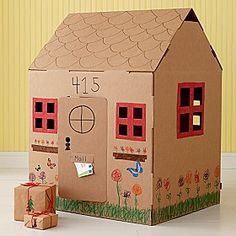
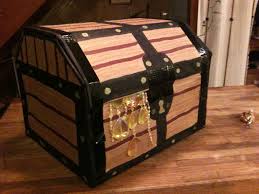
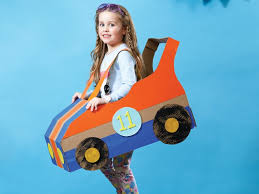
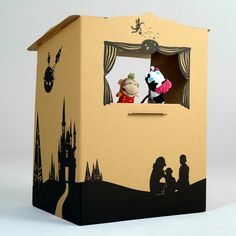
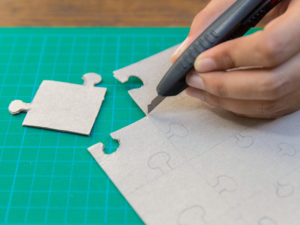
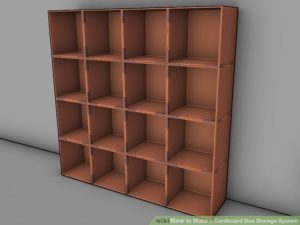



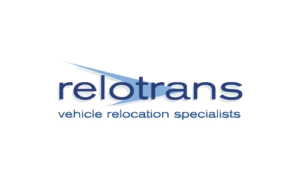
 How does ReloTrans utilize technology to differentiate ourselves from other transportation companies?
How does ReloTrans utilize technology to differentiate ourselves from other transportation companies?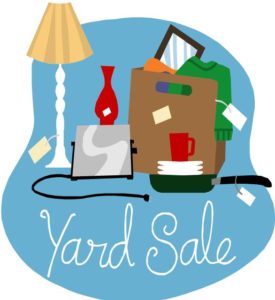 Preparing For The Yard Sale
Preparing For The Yard Sale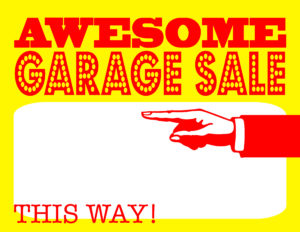
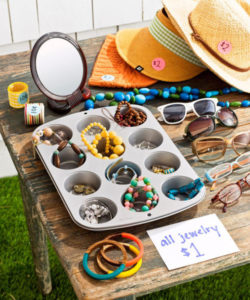


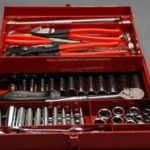
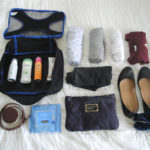
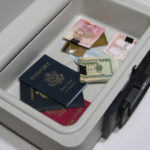

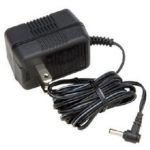


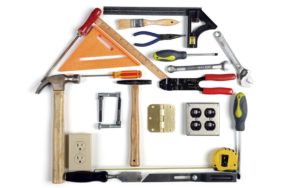
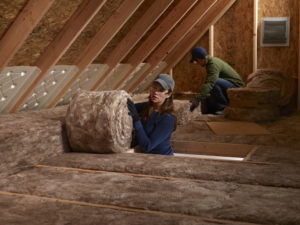 Choose an Off-Season Project
Choose an Off-Season Project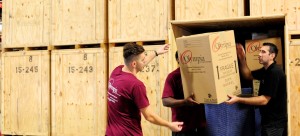 What are you going to do with all your furniture and belongings when you’re demoing your living room wall? Instead of attempting to protect your furniture with plastic sheets and painters tape, consider moving your furniture into storage for the duration of your renovation. This helps you avoid drywall dust, sawdust and insulation that likes to take root in your furniture and leaves the space necessary to get the renovation job done right. The most cost effective way to store your furniture is full-service storage with a local moving company. Hire the movers to pick up your storage or load up your own truck to drop off our belongings to storage.
What are you going to do with all your furniture and belongings when you’re demoing your living room wall? Instead of attempting to protect your furniture with plastic sheets and painters tape, consider moving your furniture into storage for the duration of your renovation. This helps you avoid drywall dust, sawdust and insulation that likes to take root in your furniture and leaves the space necessary to get the renovation job done right. The most cost effective way to store your furniture is full-service storage with a local moving company. Hire the movers to pick up your storage or load up your own truck to drop off our belongings to storage. Balance the expenses of your supplies and new fixtures for your house. If you can’t resist splurging on marble counter tops, find other areas where you can save, like on the light fixtures or window covers.
Balance the expenses of your supplies and new fixtures for your house. If you can’t resist splurging on marble counter tops, find other areas where you can save, like on the light fixtures or window covers.